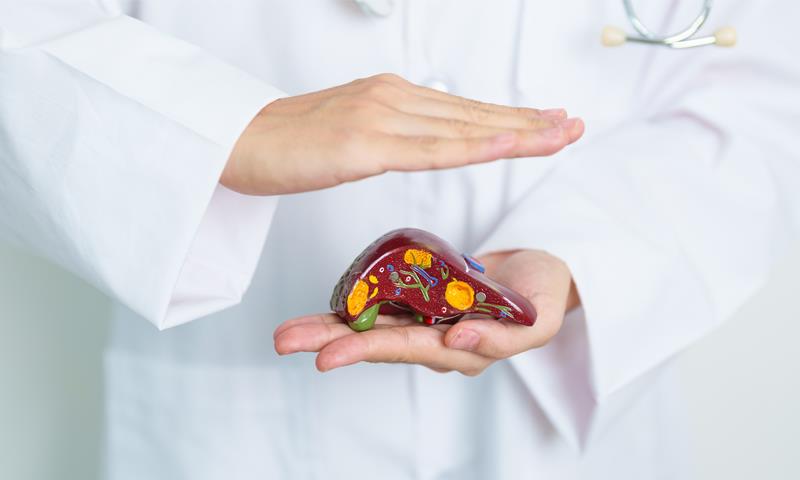
Compared with other aetiologies of cirrhosis, nonalcoholic steatohepatitis (NASH)-related cirrhosis is associated with better overall survival at 3 years, according to a study.
A team of investigators assessed the outcomes of NASH cirrhosis using TriNetX, an EHR-based database. They identified patients diagnosed with nonalcoholic fatty liver disease (NAFLD) or NASH and cirrhosis between January 2016 and December 2019 using appropriate ICD-10-CM codes.
Patients with other aetiologies of cirrhosis other than NASH were included as controls. Using propensity score matching, the investigators matched participants in the case group with those in the control group for demographic characteristics and comorbidities.
A total of 45,063 patients with NASH cirrhosis were included in the analysis. Compared with the control group, the NASH cirrhosis cohort consisted of older (61 vs 59 years) White (78 percent vs 64 percent) women (58 percent vs 38 percent) who had more comorbidities, such as diabetes, obesity, ischaemic heart disease, history of cancer, and chronic kidney disease.
After propensity score matching, patients with NASH cirrhosis showed a better survival rate at 3 years than those with non-NASH cirrhosis (78 percent vs 74 percent; hazard ratio, 0.79, 95 percent confidence interval [CI], 0.77‒0.82).
In addition, patients in the NASH cirrhosis cohort were less likely to have a diagnosis of hepatocellular carcinoma (6.7 percent vs 10.6 percent; p<0.001). Furthermore, liver transplantation was performed more often in patients with NASH cirrhosis than in those with non-NASH cirrhosis (risk ratio, 1.13, 95 percent CI, 1.08‒1.18).
“This is an interesting finding, as patients with NASH are older and have more comorbidities,” the investigators said. “Improved survival can be partly explained by a higher probability of liver transplantation and improvements in cardiovascular outcomes.”